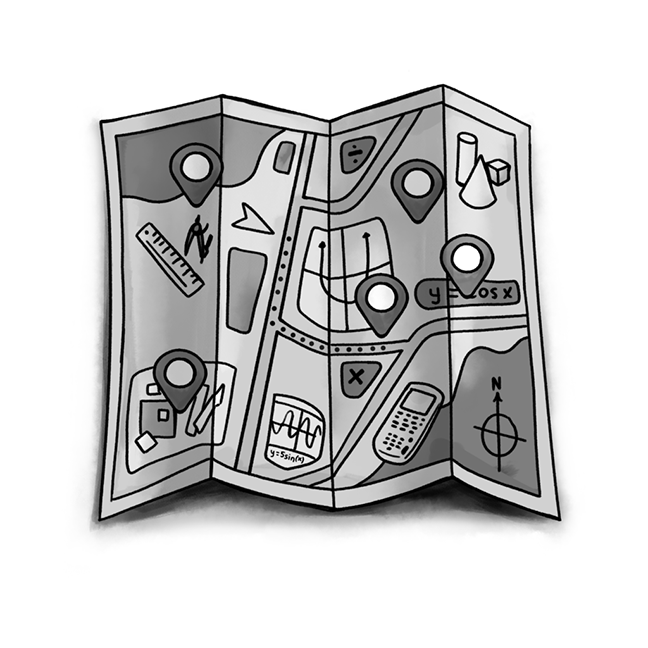Jeremiah Morgan, Eagan, MN JeremiahMorgan@cpm.org
One of the reasons I became a teacher is because of my own experience as a child. Teachers were so much more than distributors of math, science, and language arts content. They were the ones I relied on through the loss of family members and friends, through poverty, and so much more. They were also the ones there to coach me through sports and build confidence in my own resiliency for life through seemingly insignificant interactions over more than a dozen years. When the stay-at-home orders began, I felt like all of the reasons I became a teacher were put on hold and I sat behind my computer at home to deliver content.
How would I promote collaboration for my students and the math team when we were miles apart? Gradually, I learned to navigate online tools for sharing work between my students and myself. I encouraged students to form regular math teams, and they began reporting that the routines in class could be applied to outside of the classroom. Many learned to better verbalize their thinking because they could not simply point to a step on their paper. We all became better problem solvers.
How could problems written for effective teams be completed outside of school? Gradually, the answer came in a very similar way. Each day I sent out a basic slideshow with key pieces of the problems. I embedded audio of the problems being read aloud, but many students stated that they read the problems too. Then, strategically, I typed my pocket questions and animated them throughout the slideshow. Students said they liked this better because there was more think-time to answer the questions. In terms of circulation, this was my first and second pass. Students sent images of their work via email, and I would respond with follow up questioning, in effect continuing my circulation.
In some ways, learning in this new environment created natural opportunities for interleaving the problems. When students scheduled time with classmates or me, they left problems and came back to them throughout the day. Many times questions were sent to me via email that I did not open for many hours. Often, students said something similar to, “Thanks, I was able to figure it out after a little time.” But, they also were able to think about the question one more time. I also got back some of those interactions that I missed from the classroom, as students asked for advice beyond mathematics.
Distance learning is something that I never want to take part in again. There were many students for which this environment created unfair inequities. I want our communities safe and healthy, but I also believe in the interconnectedness of being together in the same building for learning. The energy that comes from teams collectively sharing in the responsibilities of problem solving is in some ways unreplicable. CPM is doing amazing things to support the professional development for teachers in the classroom and through distance learning environments so that they can better serve our students no matter the problems we face.
